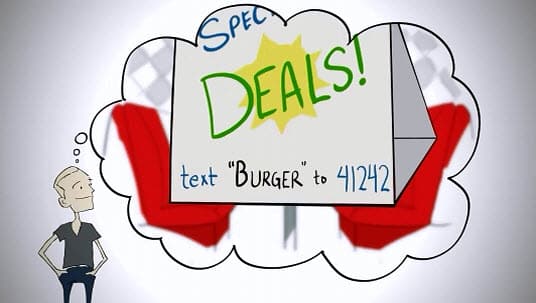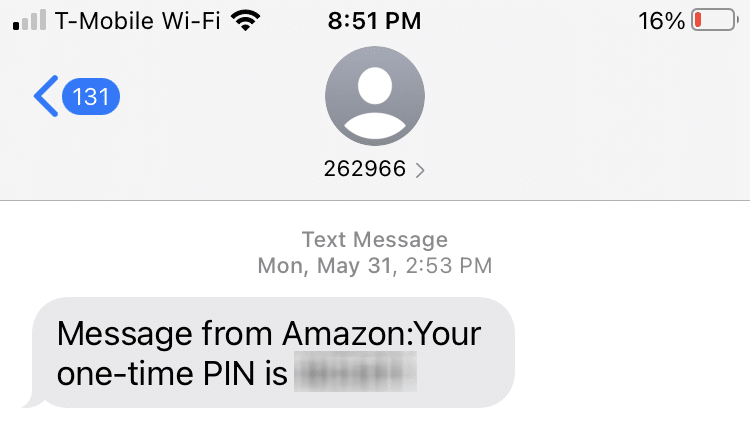📑 Table of Contents
- Deep Dive into SMS Short Codes
- Operational Mechanics of an SMS Short Code
- Advantages of Utilizing SMS Short Codes
- Best Practices for SMS Short Code Usage!
- Exploring the Integration of SMS Short Codes into Business Strategies!
- SMS Short Codes versus 10DLC: A Comparative Analysis!
- Comprehensive Guide to SMS Short Code Lookup
- Top 10 brands in the US using Short Codes for Text Marketing
- Final Thoughts
In the evolving landscape of mobile marketing, SMS short codes have become a cornerstone for effective communication strategies. But exactly, what is a short code in SMS technology?
These concise and powerful tools have transformed the way we interact through text messages, offering a convenient and efficient means of engagement. From marketing campaigns to two-factor authentication, the applications of SMS short codes are diverse and impactful.
This blog aims to unravel the mysteries surrounding SMS short codes, delving into the mechanics that make them tick and exploring the myriad ways in which they are employed. Whether you’re a business owner looking to enhance customer engagement or a curious individual wanting to understand the technology behind those five or six-digit numbers, join us on this journey as we demystify SMS short codes and shed light on how they work in today’s digital age. Let’s explore the intricate world of SMS short codes together!
Deep Dive into SMS Short Codes
An SMS short code is a shorter-than-normal telephone number used in SMS (Short Message Service) and MMS (Multimedia Messaging Service) to enable messages to be sent to mobile phones. Typically 5 to 6 digits in length, these numbers are designed for ease of memory and efficiency in mass communication, making them a favored choice for large-scale marketing campaigns, voting lines, promotional activities, and customer service interactions.
Operational Mechanics of an SMS Short Code
SMS short codes are leased from a national registry and require the approval of network carriers. This centralized system ensures a streamlined process for businesses to send and receive a high volume of messages.
Once a short code is obtained, businesses can deploy it in various campaigns, including promotional messages, alerts, and interactive services like polls or contests.
Advantages of Utilizing SMS Short Codes
- Enhanced Delivery Speed: Capable of processing a high volume of messages per second, shortcodes are ideal for delivering time-sensitive information.
- Boosted Brand Recognition: Employing a unique short code can significantly enhance a brand’s visibility and memorability among the target audience.
- Exceptional Open Rates: SMS boasts a remarkable open rate compared to emails, guaranteeing superior audience engagement.
- Precision Targeting: Shortcodes facilitate targeted and personalized communication, fostering a more tailored and impactful customer experience.

Best Practices for SMS Short Code Usage!
- Regulatory Compliance: Adhering to carrier guidelines and regulatory standards is paramount in deploying shortcodes.
- Balanced Engagement: Employ shortcodes to engage customers meaningfully, avoiding overtly intrusive advertising tactics.
- Message Personalization: Customize messages to resonate strongly with your target audience.
- Performance Tracking: Consistently monitor and optimize your SMS campaigns for maximum effectiveness.

Exploring the Integration of SMS Short Codes into Business Strategies!
1. Marketing and Promotions: SMS short codes excel in marketing and promotional campaigns. They enable businesses to send bulk messages about sales, special offers, or new products, directly reaching customers’ mobile phones. The immediacy and personal nature of SMS make these campaigns highly effective.
2. Customer Service and Support: Short codes are instrumental in providing timely customer support. Businesses can use them for sending appointment reminders, order confirmations, shipping updates, and more, thereby enhancing the customer experience through prompt and efficient communication.
3. Information Dissemination: For industries like news media, finance, or healthcare, SMS short codes offer a reliable channel for disseminating vital information, such as breaking news, stock market updates, or health alerts, ensuring that the audience receives critical information instantly.
4. Interactive Campaigns: Short codes are perfect for interactive campaigns like polls, surveys, or contests. They engage customers in a two-way conversation, fostering a deeper connection between the brand and its audience.
Future of SMS Short Codes: As digital communication continues to evolve, SMS short codes are likely to remain a vital tool. Their potential for integration with emerging technologies like AI and chatbots and their use in personalized, location-based marketing signify their enduring relevance in the digital marketing landscape.
SMS Short Codes versus 10DLC: A Comparative Analysis!
In the context of SMS shortcodes, it’s critical to examine the 10DLC alternative. 10DLC, or 10-digit long code, represents a regular phone number format. While more cost-effective, 10DLCs generally offer slower messaging throughput and face stricter carrier limitations compared to shortcodes.
Determining the most suitable option for your business involves evaluating factors such as message volume, delivery speed, and regulatory compliance.

Comprehensive Guide to SMS Short Code Lookup
For businesses considering this technology, understanding how to perform a short code lookup is essential. A short code lookup service enables you to identify and understand the ownership and use case of a particular short code, providing insights into the competitive landscape and ensuring adherence to industry regulations.
Top 10 brands in the US using Short Codes for Text Marketing
The use of SMS short codes for text marketing is a popular strategy among various brands, particularly for marketing and retail, media and entertainment, financial services, and travel and hospitality sectors. Short codes, especially vanity short codes, are favored for their memorability and brand recognition, as well as for their ability to handle high volumes of SMS traffic efficiently. Prices range from $500 to $1,000 per month and are subject to specific regulations and carrier approvals.
Here are some examples of U.S. brands and their short codes:
- Facebook: Uses the shortcode 32665 to engage with its users.
- Google: Uses the short code 23333.
- Amazon: The eCommerce giant uses 262966 for retail promotions and coupons.
- Pizza Hut: Engages customers with the short code 69488 for sending coupons.
- CVS Pharmacy: Uses the short code 75577.
- Netflix: For verification, Netflix uses the short code 68359.
- Twitter: Utilizes 40404 for confirmation purposes.
- JPMorgan: Uses 72166 for fraud alerts.
- Capital One: Engages with its customers via the short code 80101.
- Planned Parenthood: Uses the short code 774636.

These short codes are used by large organizations needing high throughput for their messaging campaigns. For further information on SMS short codes, the Short Code Registry provides a comprehensive database of short codes used by thousands of companies.
Final Thoughts
SMS short codes offer a unique blend of speed, efficiency, and direct customer engagement that is unmatched in digital marketing. Their versatility in various applications, from marketing to customer service, makes them an invaluable asset for businesses aiming to stay ahead in a constantly evolving digital world.
By understanding the intricacies of SMS short codes, from operational mechanics to best practices, and by keeping abreast of evolving trends and technologies, businesses can harness the full potential of this powerful communication tool.
Whether it’s enhancing customer engagement, driving marketing campaigns, or providing timely information, SMS short codes stand as a testament to the innovative spirit of modern communication strategies.